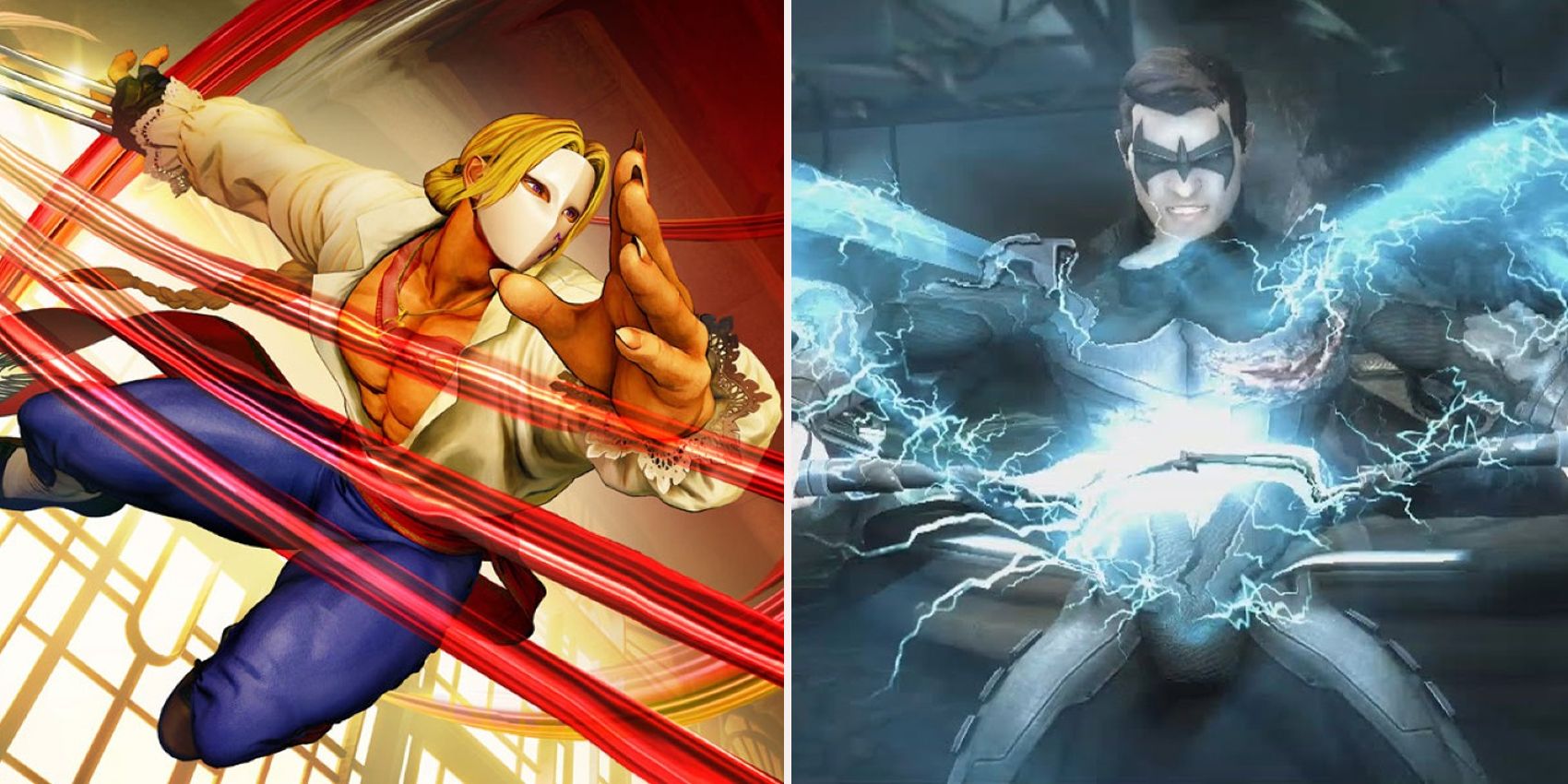Stance characters tend to be some of the most technical characters in fighting games, which are also the most rewarding to play. A stance is an altered state a character can enter that changes or enhances their move set, forcing their opponents to adapt on the fly as they change up their options.
Many 3D fighters have multiple characters with stance mechanics but some stand out among their competitors. Stance characters have been around since the early days of fighting games, but they've evolved so much over the years into their own archetype that some players look forward to using.
Lei Wulong
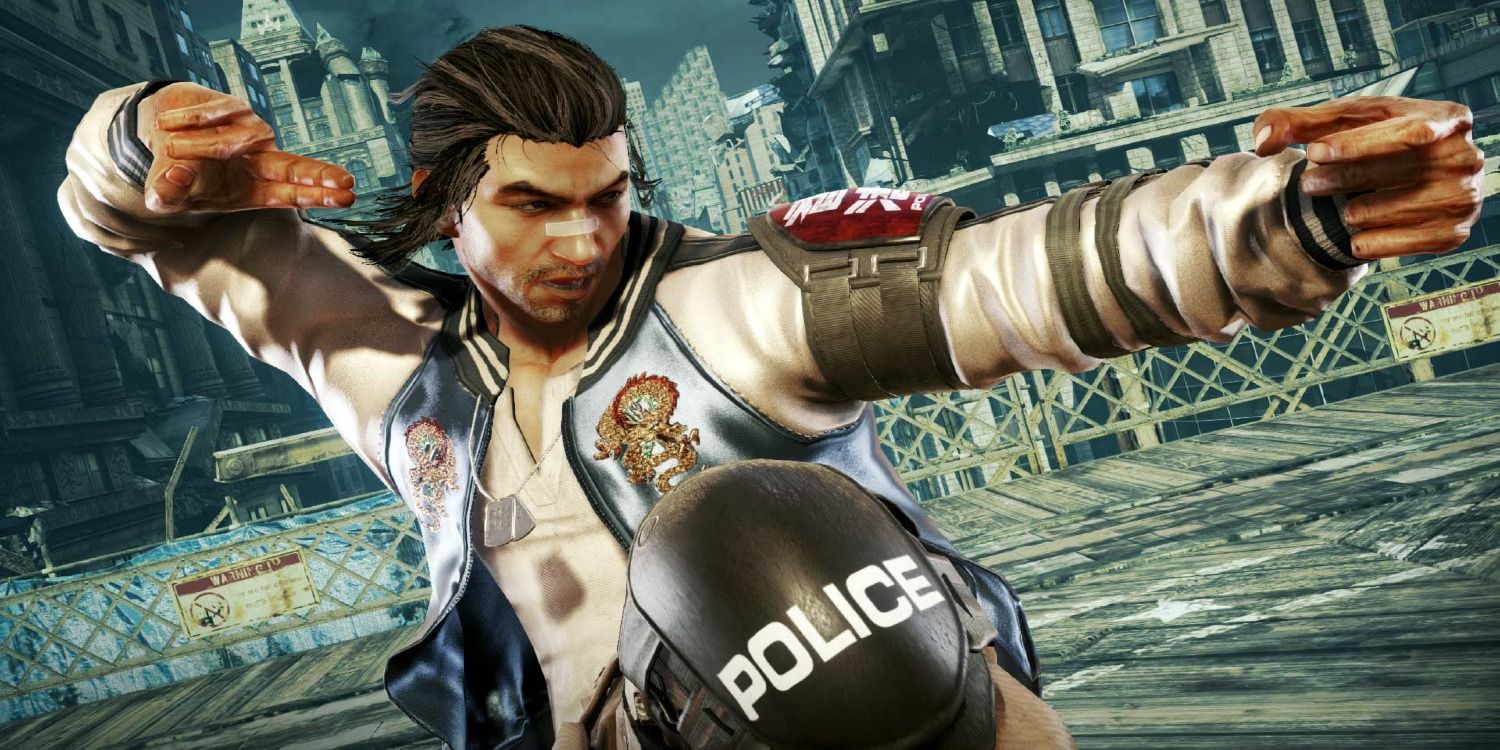
Lei is based on Jackie Chan and uses many stances based on the five animals form of Chinese martial arts. His versatile techniques grant him different advantages and disadvantages during battle like better mix-ups at the cost of low mobility, or stronger attacks at the risk of slow startup.
Jackie Chan is an exceptionally skilled martial artist capable of incredible techniques, so Lei should follow suit. His stances have been around since Tekken 2, and he's made an appearance in every Tekken game since. Lots of other Tekken characters like Zafina have borrowed from his archetype, but he's one of the best to ever do it.
Vega
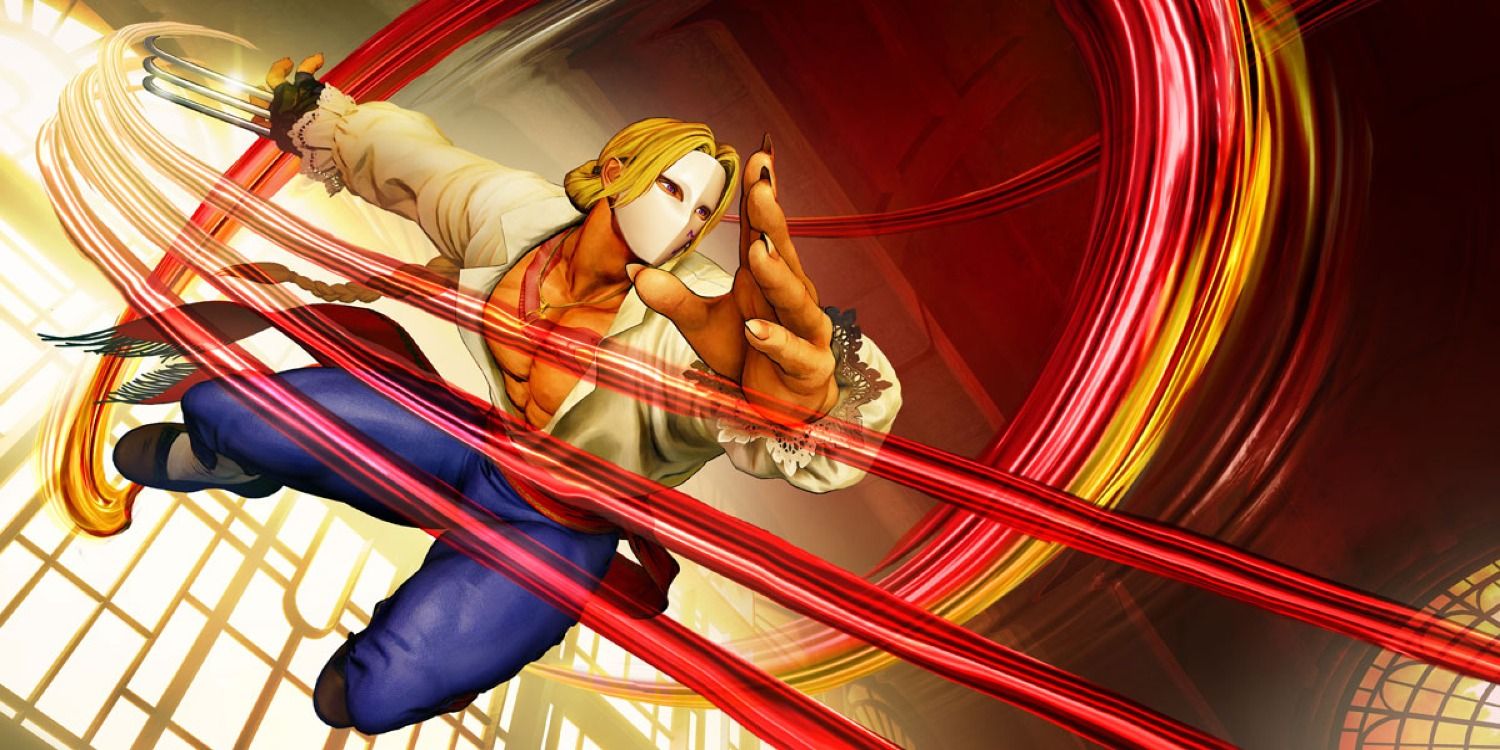
Vega has changed a lot from version to version of Street Fighter into a stance character in Street Fighter V. He didn't always work like a standard stance character since he would lose his claw after taking damage, but that didn't mean Vega players could control the switch themselves.
In the latest version of the game, Vega can willingly put his claw away which gives him access to new moves like a command grab, at the cost of the range his claw gives him. This change is very welcome to his game plan and makes him a lot more interesting and consistent than he was in previous titles.
Gen
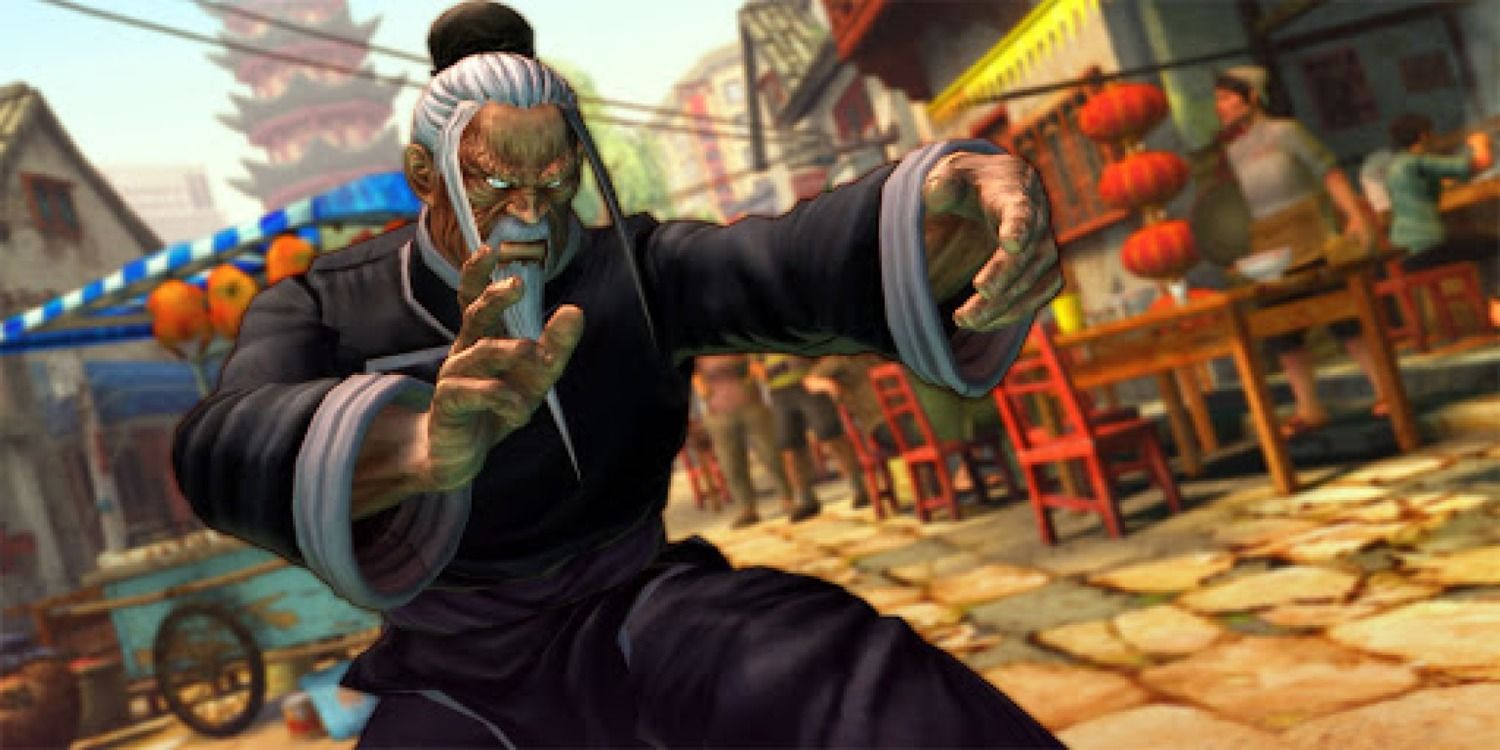
Gen is a classic example of a stance character that actually changes stance in Street Fighter. A lot of other Street Fighter "stance" characters like Zeku or Vega change something about their appearance, but don't actually change their stance. Gen's stances are that of the Mantis and Crane styles of kung fu.
In Street Fighter IV, the most interesting thing about him changing stances was that it changed his movement and jump arcs, meaning his opponents had to keep an eye on which stance he was in to avoid cross-ups and surprise dashes in their face. He was one of the more technical characters in the game, but he was more than capable of securing the wins against his enemies.
Jhun Hoon
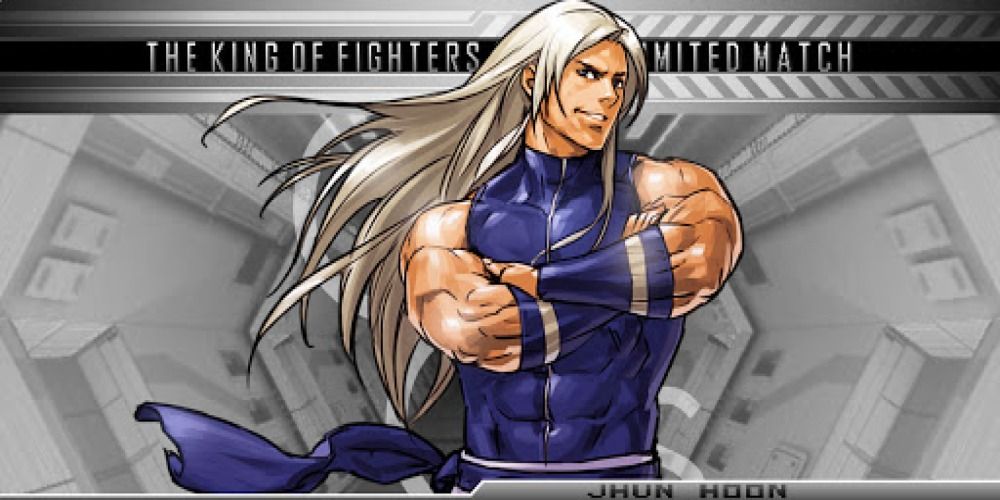
Jhun Hoon first appeared in The King Of Fighters '99 and uses Tae Kwon Do. In the game, he's able to switch between 3 stances. His starting stance is his default Tae Kwon Do stance, and the other two are his Hawk and Eagle stance. The design is reminiscent of Hworang from the Tekken series who uses the same martial art and has bird-named stances. These stances all have unique special moves that can only be accessed in their respective stance, so there's a lot of parts to juggle when playing him to make combos work effectively.
Tira
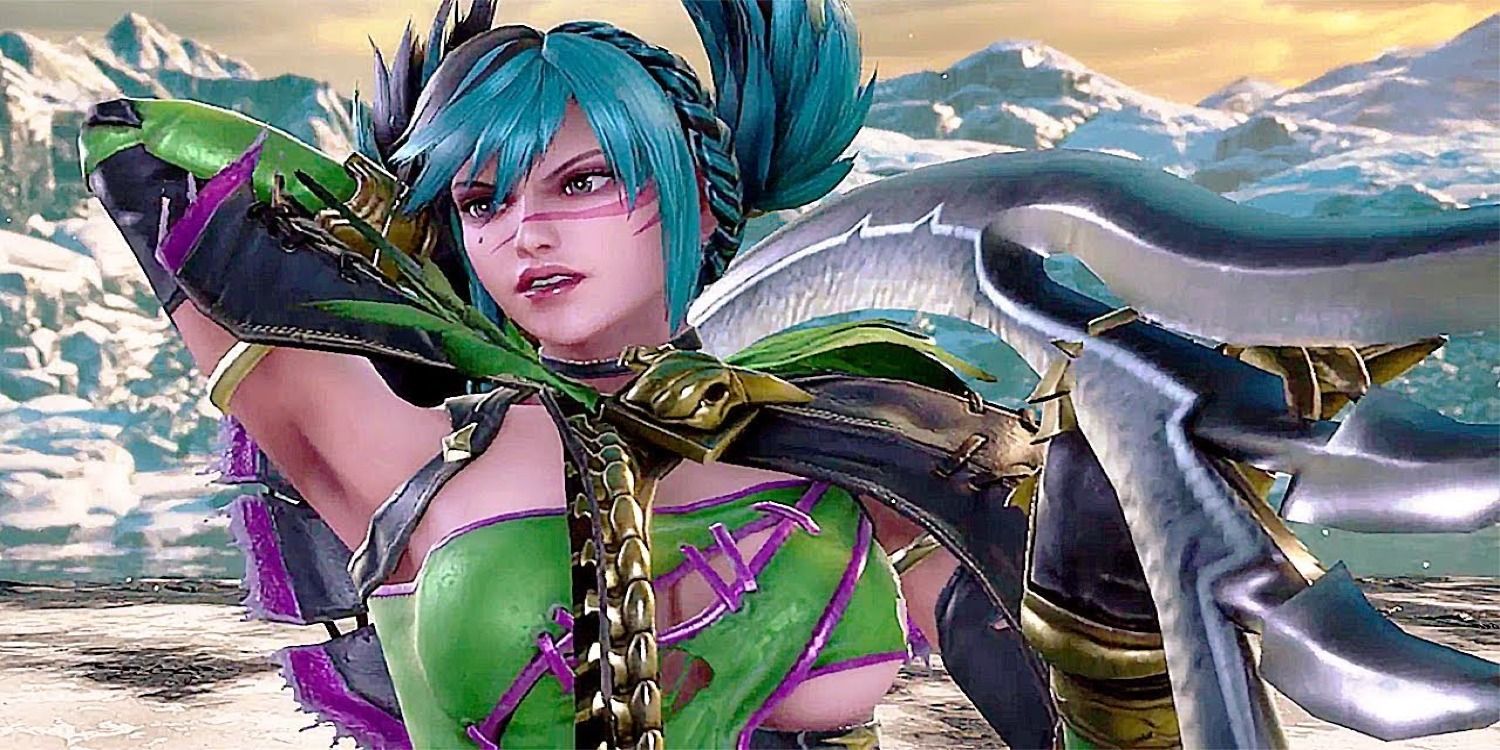
Tira was introduced in Soul Calibur III but didn't become a stance character until the next installment in the series. The developers wanted her to be a little more technical than the other characters and to do so, they gave her two different modes. Tira's Jolly and Gloomy mode change her gameplay dramatically.
Gloomy mode attacks do more damage, but also have a chance to damage herself in the process. Jolly is her standard stance and allows for longer combos. What makes her especially unique is that her modes have a chance to change depending on certain triggers like her getting hit, adding a level of unpredictability to her fights, that keeps things interesting for both players.
Nightwing
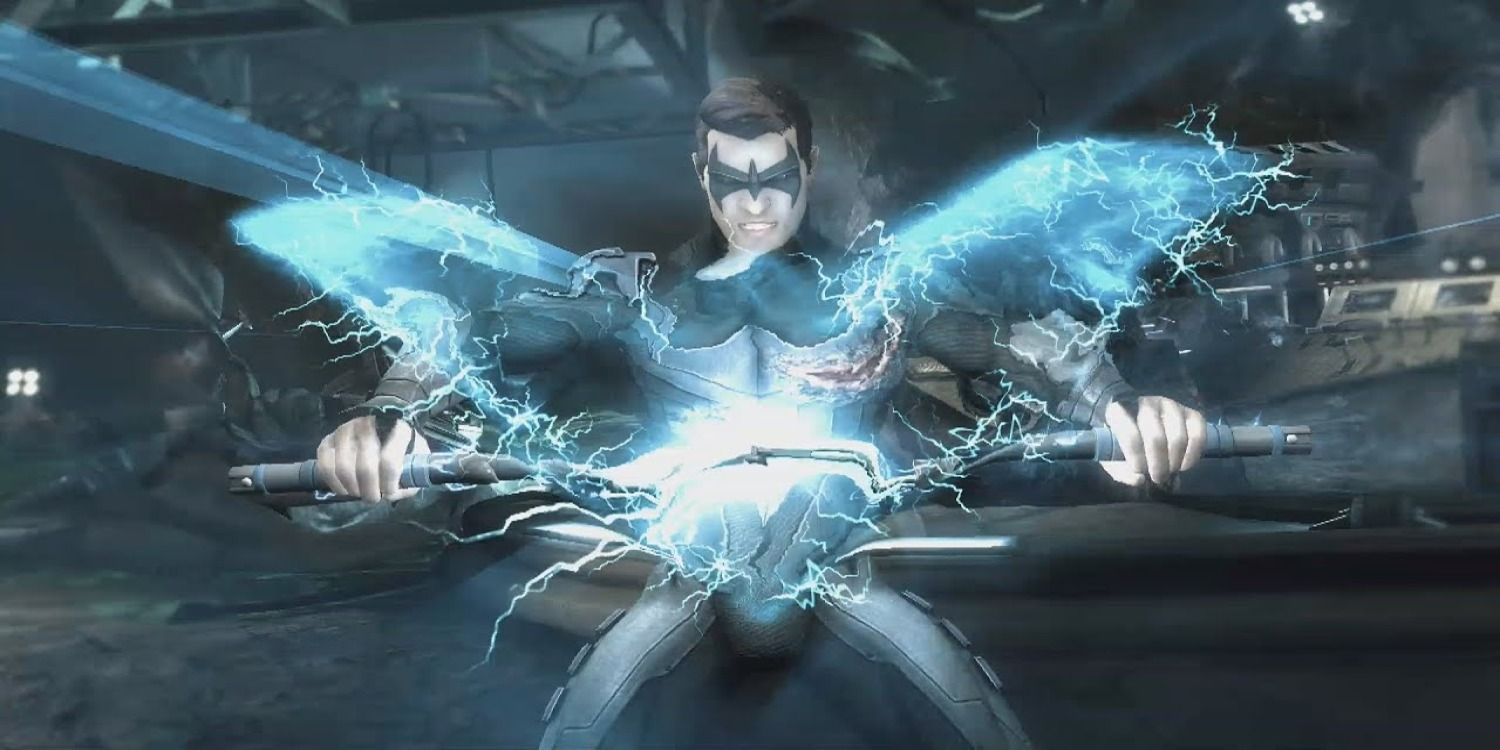
Nightwing from Injustice Gods Among Us is a very basic version of a stance character. He could wield his batons with one in each hand, or combine them together to make a long staff. The implications of the two stances are very obvious from his physical demeanor and the way his weapons look when he switches.
In the baton form, Nightwing can move freely, swinging a baton in each hand, stringing together quick attacks, and firing long-range projectiles. In the staff form, the batons become heavier but can reach farther and deal more damage on hit. He's a great beginner's introduction to stance characters because of how intuitive his design is compared to others.
Phoenix Wright
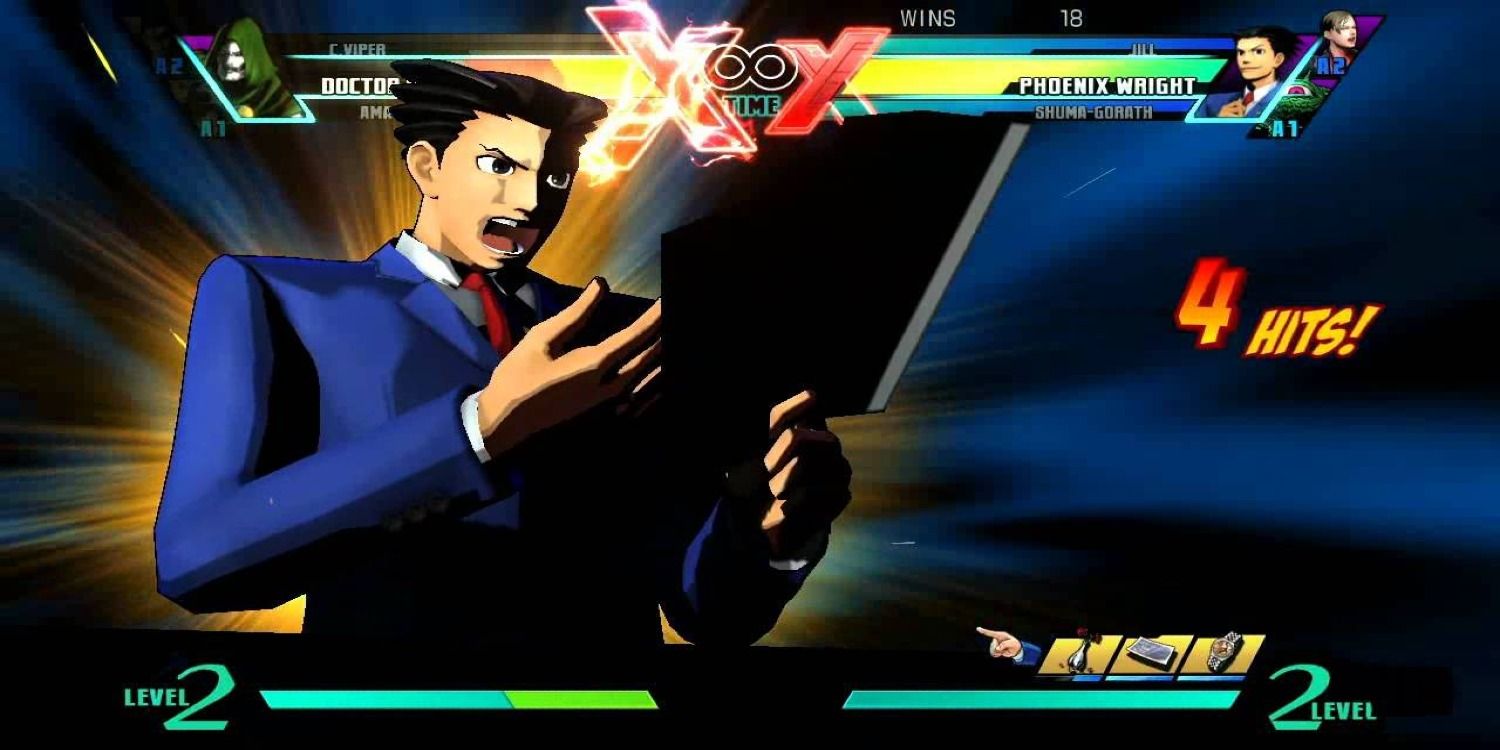
Marvel Vs. Capcom 3 did an amazing job at capturing the essences of its source materials while also adapting everything into a unified style and cohesive fighting game. One of the best examples of this is Phoenix Wright. His move set was divided into three stances, each one representing a phase in his Ace Attorney games.
The stances were Investigation, Courtroom, and Turnabout which all had their own special moves and even command normals. As the fight goes on, he gains access to more and more moves from each of the stances so it was actually best to use him for defensive purposes. Keeping the opponent away until he gained his final stance meant he could unleash a lot more damage at the end of the fight while frustrating the opponent on the way there.
Ms. Fortune
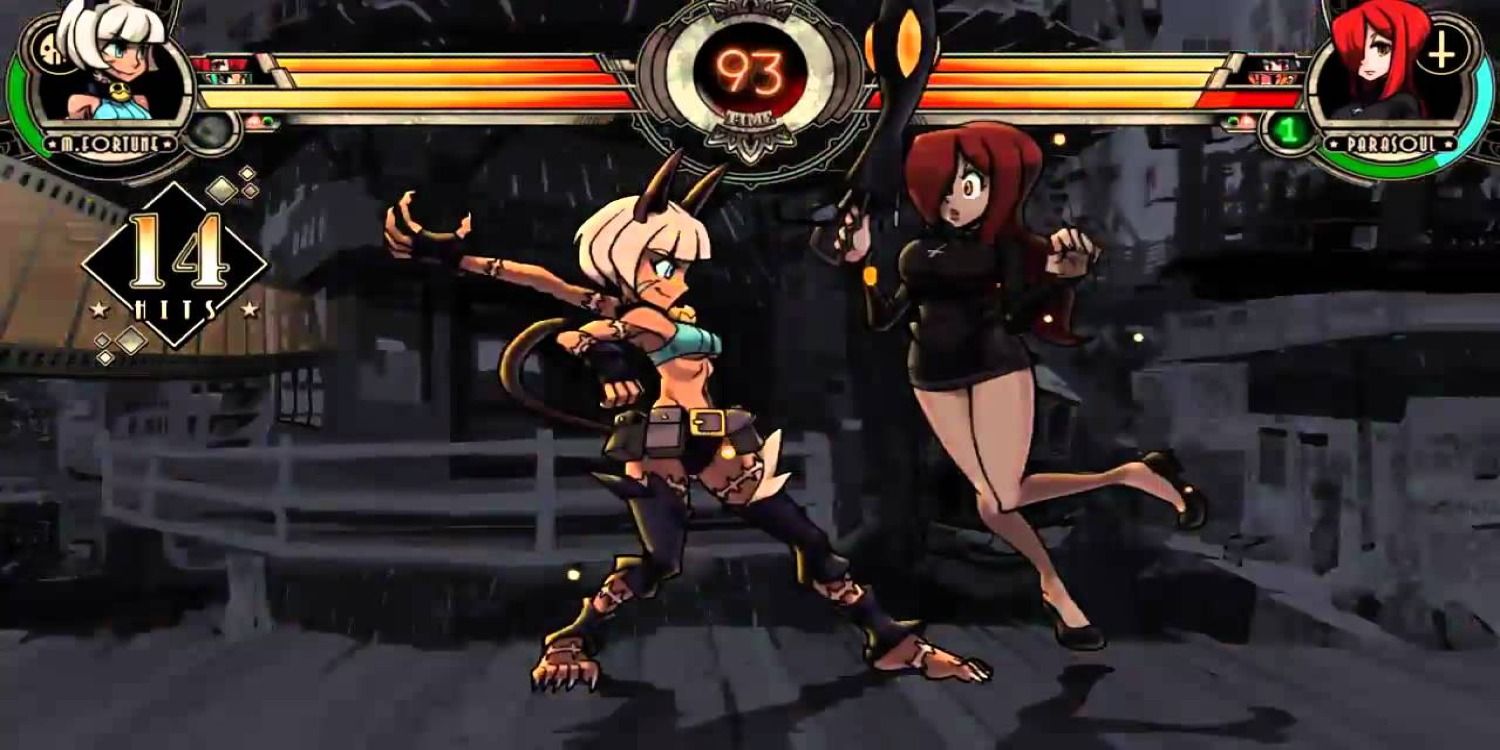
Ms. Fortune is a member of a diverse cast in the Skull Girls franchise who stands out as a stance character. She combines a lot of mechanics and archetypes into one character working like a rushdown character as well as a puppet character, who can only access these two tactics depending on what stance she's in.
The "stance" she's in is determined by whether her head is attached or detached, and each option changes her abilities and playstyle. She's one of the more complicated characters to use since she has so many moves and is dependent on a player who can adjust their plan on the fly. She also receives extra damage if players aren't careful and the head is attacked at the same time as the body, meaning good space control is important.
Leo Whitefang
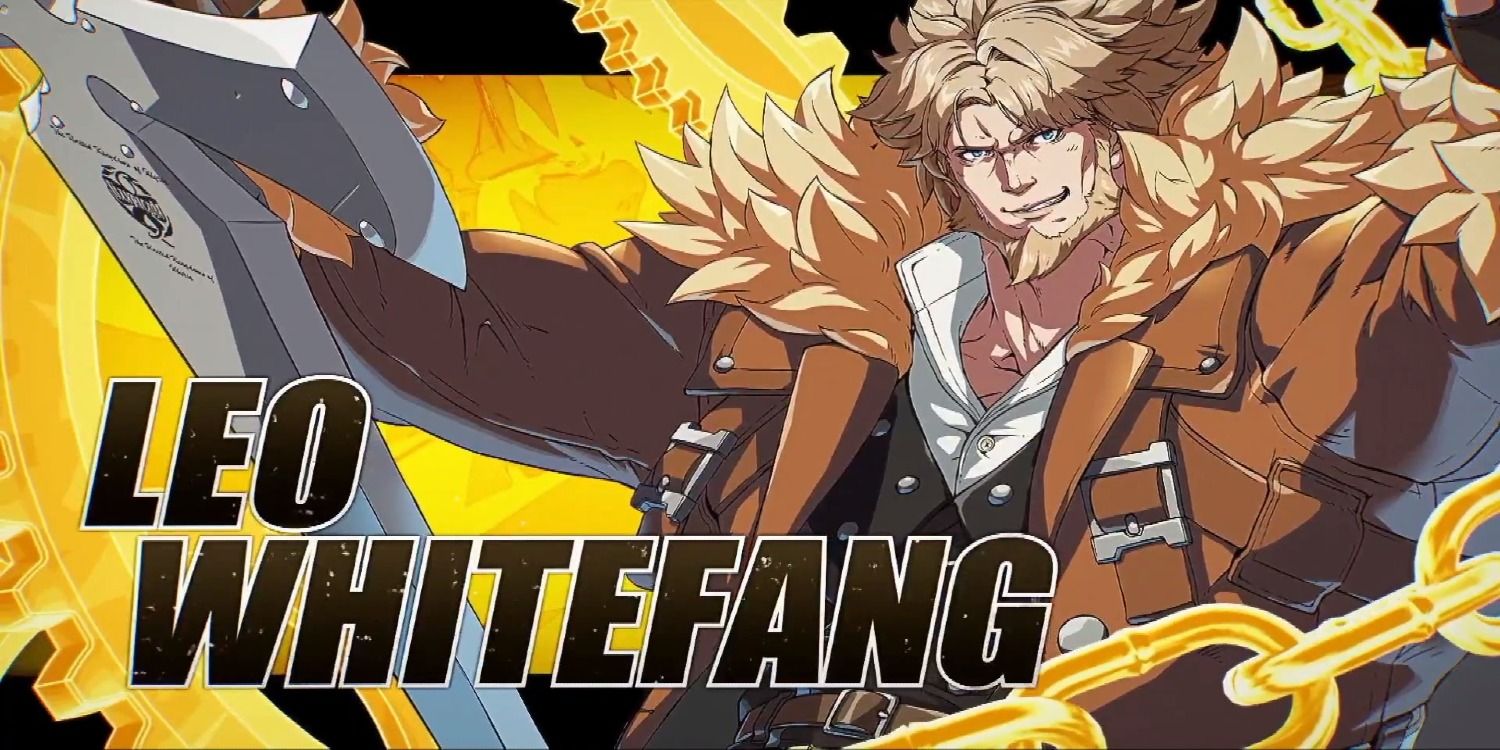
Leo Whitefang specializes in catching his opponents off guard by switching up his approaches and options on the fly. In his normal state, he can throw projectiles and play defense with good pokes and a solid reversal move. The real fun begins when he turns his back and enters his stance.
In stance, Leo can move faster and gains a few moves he doesn't have in his normal state. One of the moves he gets is a counter that he can use to bait out an opponent's attack when he closes the distance between them thanks to his increase in speed. He also gets a mix-up attack that can either hit low or high, leaving the opponent guessing what he'll do in the heat of the moment.
Vanessa Lewis
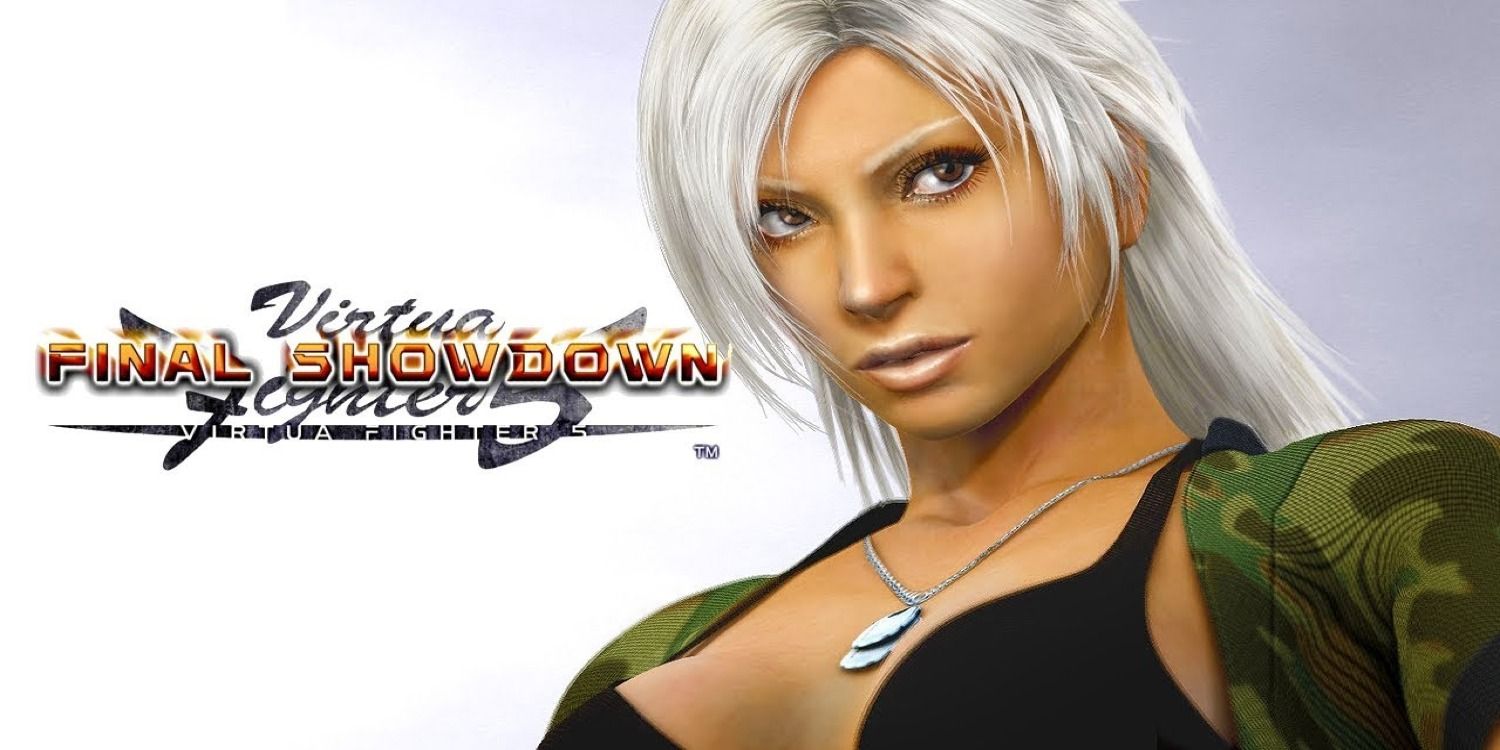
Virtua Fighter has a lot of complicated mechanics based around the way a character stands and their respective stances but of all of them Vanessa stands out. Her stances are pretty easy to understand as they simply enhance her offensive and defensive capabilities, keeping things simple. These stances essentially change her whole kit to make her play like two different characters, giving Vanessa players an abundance of options against their opponents. Most characters in the game can't guard while in a stance, but Vanessa can, which gives her another upper hand in a very complicated fighting game.

